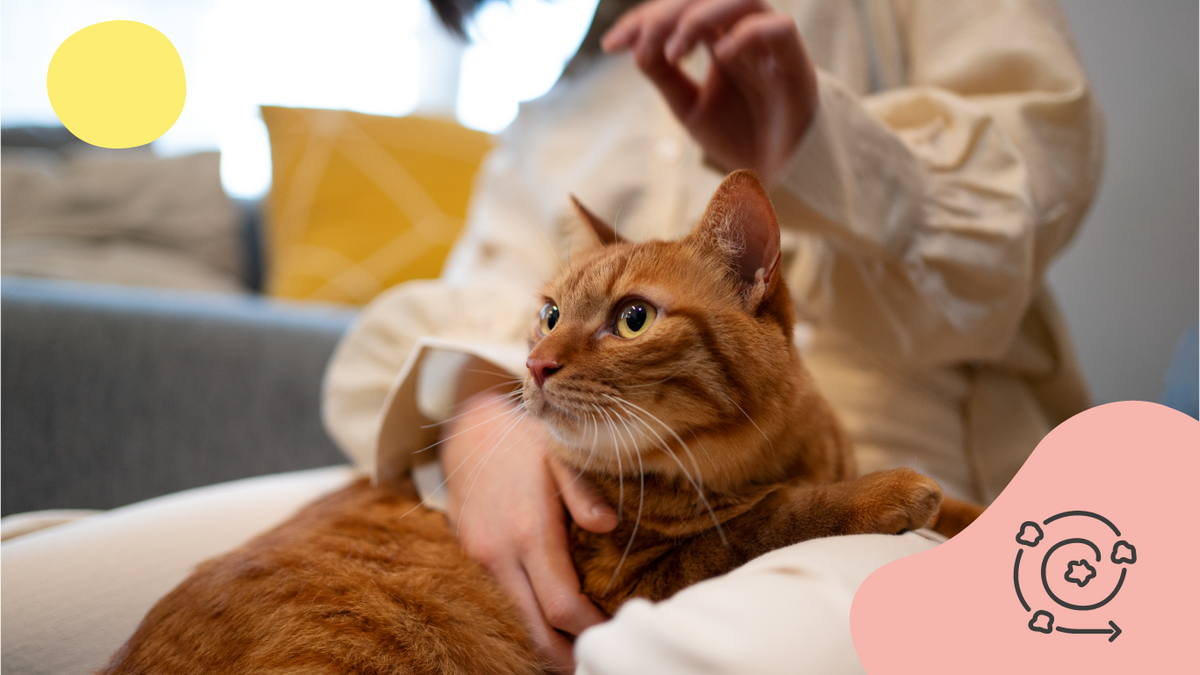Everything You Need to Know About Fleas in Cats: Identification, Treatment, and Prevention

Is your cat scratching more than usual? Fleas might be the culprits!
Fleas are not only a source of discomfort for your beloved feline, but they can also lead to serious health issues. Understanding and treating fleas is essential for ensuring your cat's well-being and maintaining a healthy home environment. In this article, we will explore in detail what fleas are, how they spread, and why it is crucial to get rid of them quickly.
- What is a Flea?
- Signs and Symptoms of a Flea Infestation
- Dangers of Fleas on Your Cat's Health
- Treatments and Solutions
- How to Prevent Flea Infestations
- When to See a Veterinarian
1. What is a Flea?
Description of Fleas: Fleas are tiny, wingless insects, ranging in length from 1 to 3 millimeters, and are dark brown to black in color. Their laterally flattened bodies and powerful hind legs allow them to easily jump onto their host. Adult fleas feed on their host's blood, which can cause intense itching and allergic reactions in cats.
The flea life cycle consists of four stages: egg, larva, pupa, and adult. Eggs laid by adult fleas fall off the host and hatch into larvae. These larvae feed on organic debris before turning into pupae. Pupae then transform into adult fleas ready to infest a new host.
Transmission Mode: Fleas easily spread from one animal to another, especially in environments where multiple animals live together. They can also be transmitted by contact with contaminated surfaces such as bedding, carpets, or furniture. Adult fleas can jump long distances to reach a new host, making transmission even easier.
Flea infestations can start from outside, where eggs and larvae can be present in grass or soil, and quickly spread indoors. Once inside, fleas can survive and reproduce, causing a widespread infestation.
To ensure your cat's health and comfort, it is essential to understand these transmission mechanisms and take appropriate preventive measures.
2. Signs and Symptoms of a Flea Infestation
Behaviors to Watch For: If your cat is scratching more than usual, biting itself, or appears restless, these are common signs of a flea infestation. Excessive scratching is often the first indication that something is wrong. Fleas bite to feed on blood, which causes itching and prompts your cat to scratch intensely. Also, observe if your cat is biting itself, especially around the tail, abdomen, and thighs, as this behavior is typical when fleas are bothering them.
Physical Symptoms: In addition to behavioral changes, a flea infestation can lead to various physical symptoms. You may notice redness on your cat's skin, often accompanied by scabs from constant scratching. Hair loss is another telltale sign, especially if it is localized to certain areas of the body. These physical symptoms are reactions to flea bites and the itching they cause.
Fur Inspection: To detect fleas at home, start by regularly inspecting your cat's fur. Use a flea comb, which is specially designed to catch these tiny parasites. Comb slowly and carefully, particularly around the neck and base of the tail, where fleas like to gather. Also, look for signs of "pepper" or black specks in your cat's fur. These small particles are flea droppings, consisting of digested blood. You can identify them by placing them on damp paper; if they turn red, they are indeed flea droppings.
3. Dangers of Fleas to Your Cat's Health
Diseases and Infections: Fleas not only cause itching; they can also transmit serious diseases to your cat. For example, fleas can carry tapeworms. When your cat ingests an infected flea while grooming, it can contract this intestinal parasite. Fleas can also transmit bacterial infections, such as bartonellosis, also known as "cat scratch disease." This disease can cause various symptoms, ranging from fever to severe inflammation.
Allergic Reactions: Some cats are extremely sensitive to flea bites and can develop flea allergy dermatitis (FAD). This allergic reaction manifests as intense itching, redness, scabs, and hair loss, primarily on the back, tail, and belly. FAD can make your cat's life very uncomfortable and often requires veterinary intervention for proper treatment.
In conclusion, fleas are not just a nuisance; they pose a real danger to your cat's health. By closely monitoring the signs and symptoms of an infestation and taking swift action to treat and prevent fleas, you can protect your beloved feline from these pesky and potentially dangerous parasites.





